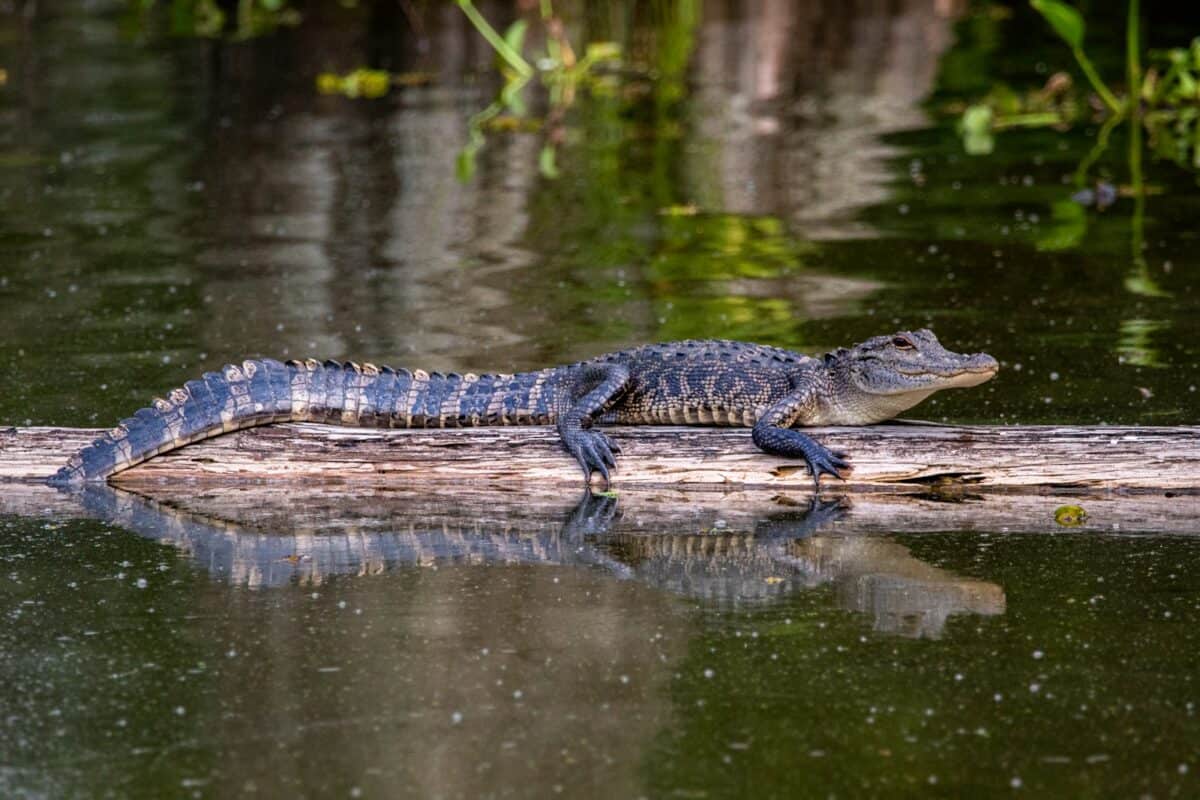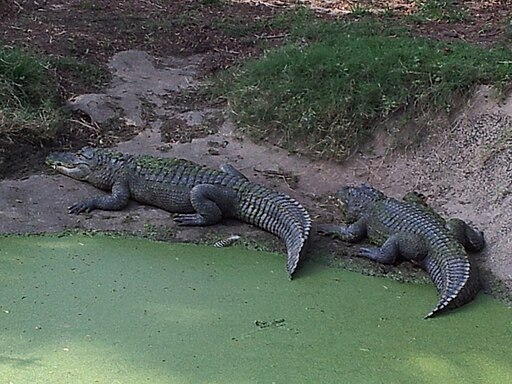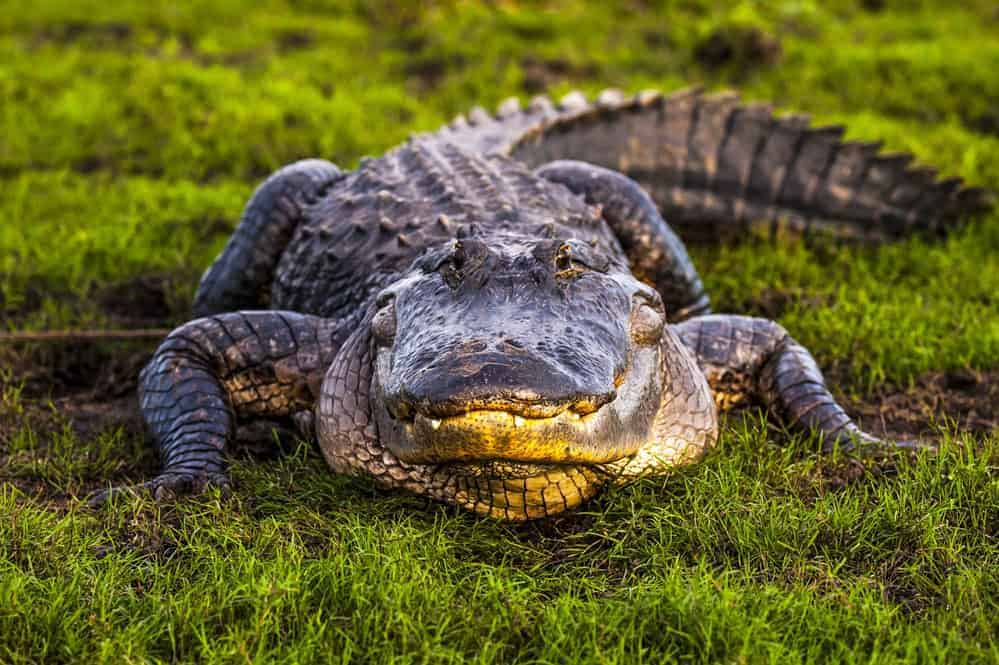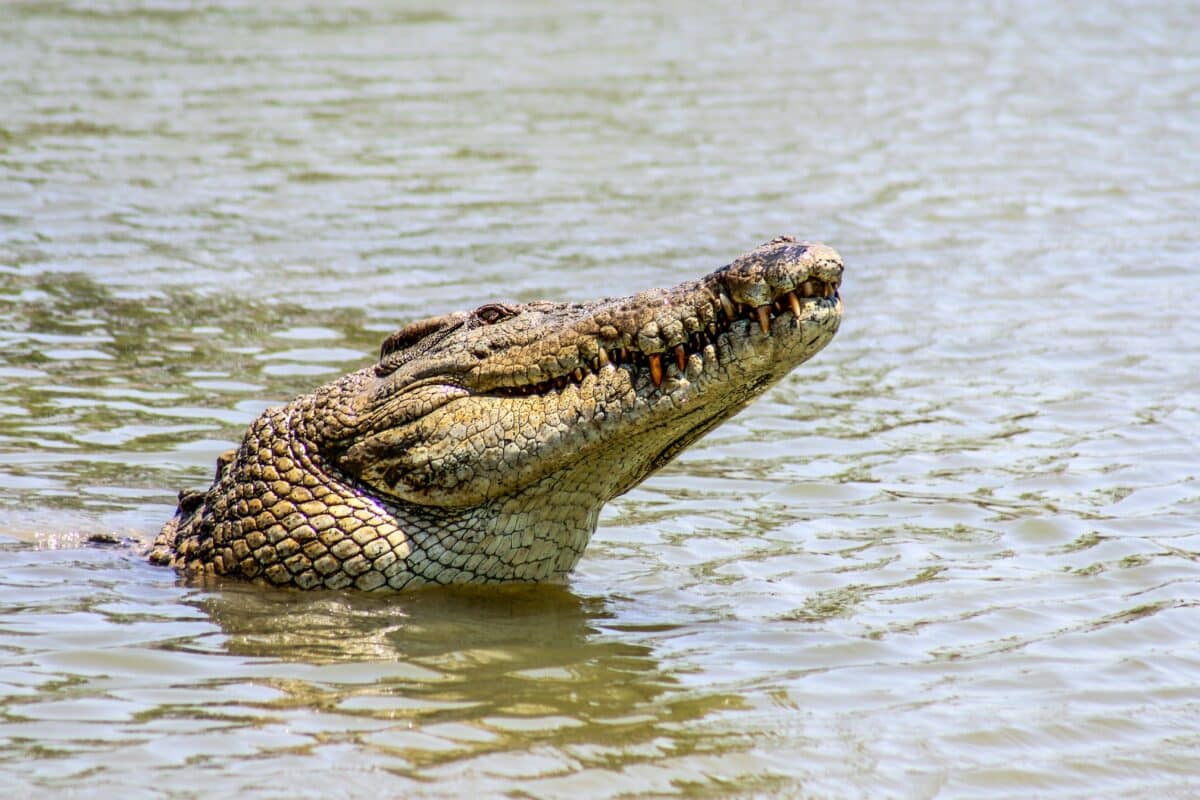Alligators, with their stealthy movements and powerful jaws, have long captured human fascination and fear. As residents of marshy environments across the southeastern United States, these formidable reptiles can be an intimidating presence in bodies of water they inhabit. This article dives into the reasons why alligators are particularly dangerous in aquatic environments, exploring their biology, behavior, and how humans can coexist safely with these ancient creatures.
Understanding the Alligator’s Environment

Alligators are primarily found in freshwater environments such as swamps, rivers, lakes, and marshes. These habitats provide not only a food source but also optimal conditions for breeding and nesting. Their presence is pivotal to the ecosystem as they control populations of prey species and create essential habitats for other animals. However, these environments also allow alligators to camouflage effectively, making them challenging to spot in the water.
The Alligator’s Physical Adaptations

Alligators are uniquely adapted for life in the water. Their eyes, ears, and nostrils are positioned on top of their heads, allowing them to breathe and see while the rest of their body remains submerged. This adaptation is crucial for stealth, as it lets alligators approach prey without being easily detected. Additionally, their muscular tails aid in swift swimming, making them efficient hunters.
Alligator Hunting Techniques

In the water, alligators are apex predators. They utilize a combination of patience and speed to capture prey. Often, they lie in wait beneath the water’s surface, launching surprise attacks when an unsuspecting animal comes close. Their powerful jaws can deliver a forceful bite, and they often use a “death roll” maneuver to subdue their prey.
Distinguishing Between Alligators and Crocodiles

While alligators and crocodiles share many similarities, they differ in behavior and distribution. Alligators are generally less aggressive towards humans than crocodiles, but they still pose significant risks, especially in water where their visibility is limited. Understanding these differences can aid in identifying potential threats and addressing them appropriately.
The Role of Territoriality

Alligators are highly territorial creatures. During mating season, males become particularly aggressive, defending their territory against intruders. This territorial nature means that they can become more dangerous if they feel their space is encroached upon, especially in areas where their habitats overlap with human activities.
Alligator Behavior

Alligators are primarily nocturnal hunters. As the sun sets, they become more active, with enhanced hunting prowess. This nocturnal behavior can take people by surprise, as spotting them becomes even more challenging under the cover of darkness, increasing their ability to ambush prey or unsuspecting humans.
Alligator Interaction with Humans

As urban development encroaches on natural habitats, alligator-human interactions are becoming more common. These interactions often occur when humans enter alligator territory, either for recreational activities such as swimming or fishing or during water-based activities. Understanding the risks and maintaining a respectful distance is crucial for safety.
Signs of Alligator Presence

Recognizing signs of alligator presence in the water can help prevent dangerous encounters. Look for distinctive trails in the water, nesting sites, or recent kills. Awareness of these indicators can help people stay safe and make informed decisions about entering or avoiding bodies of water.
Safe Practices Around Alligators

To stay safe in areas inhabited by alligators, it’s important to maintain a safe distance and respect their territory. Avoid swimming in marked alligator habitats, especially during dusk and dawn when they are most active. Educating oneself on local wildlife regulations and taking necessary precautions can significantly reduce the risk of alligator encounters.
Coexisting with Alligators

Humans and alligators can coexist peacefully by respecting each other’s spaces. Community education on respecting wildlife and adhering to safety guidelines helps foster a balanced relationship. Avoid feeding alligators, as this can lead to them associating humans with food and becoming more aggressive.
The Importance of Conservation Efforts

Despite their fearsome reputation, alligators play a vital role in their ecosystems. Conservation efforts have helped protect these reptiles from overhunting and habitat loss. Continued support for wildlife protection and awareness can ensure these ancient creatures remain a part of our world for generations.
Conclusion

Alligators are indeed silent predators, skillfully navigating the waters they call home. Understanding their behaviors, respecting their space, and being aware of the risks they pose are crucial steps in ensuring safety for both humans and alligators alike. By fostering a relationship built on respect and education, we can appreciate these incredible creatures while minimizing dangerous encounters.
- 10 Most Endangered Birds in the U.S. and Where to Find Them - August 9, 2025
- 15 Tips for Managing Spider Infestations During Storm Season - August 8, 2025
- How Superstorms Have Reshaped Coastlines Over Time - August 8, 2025

